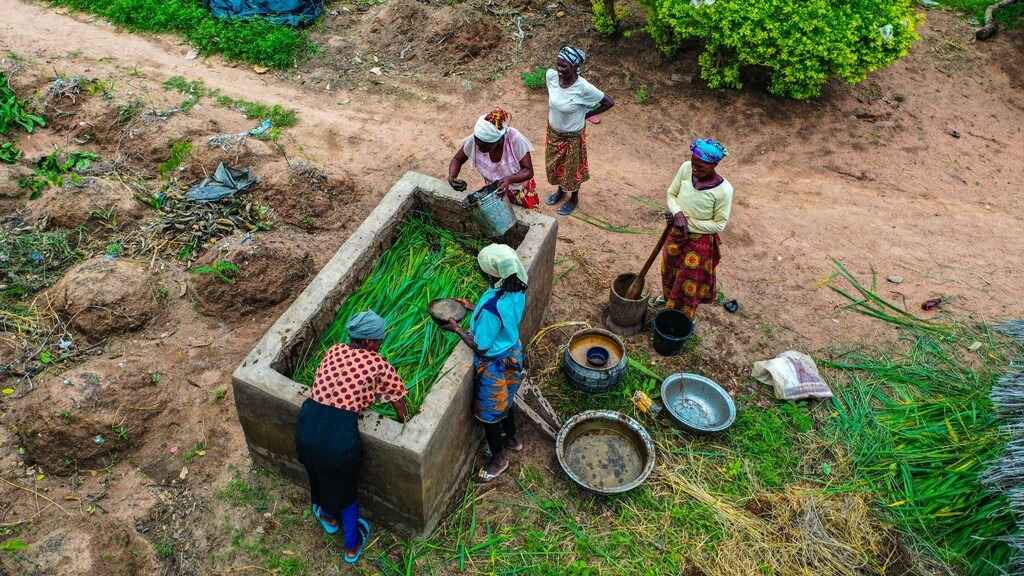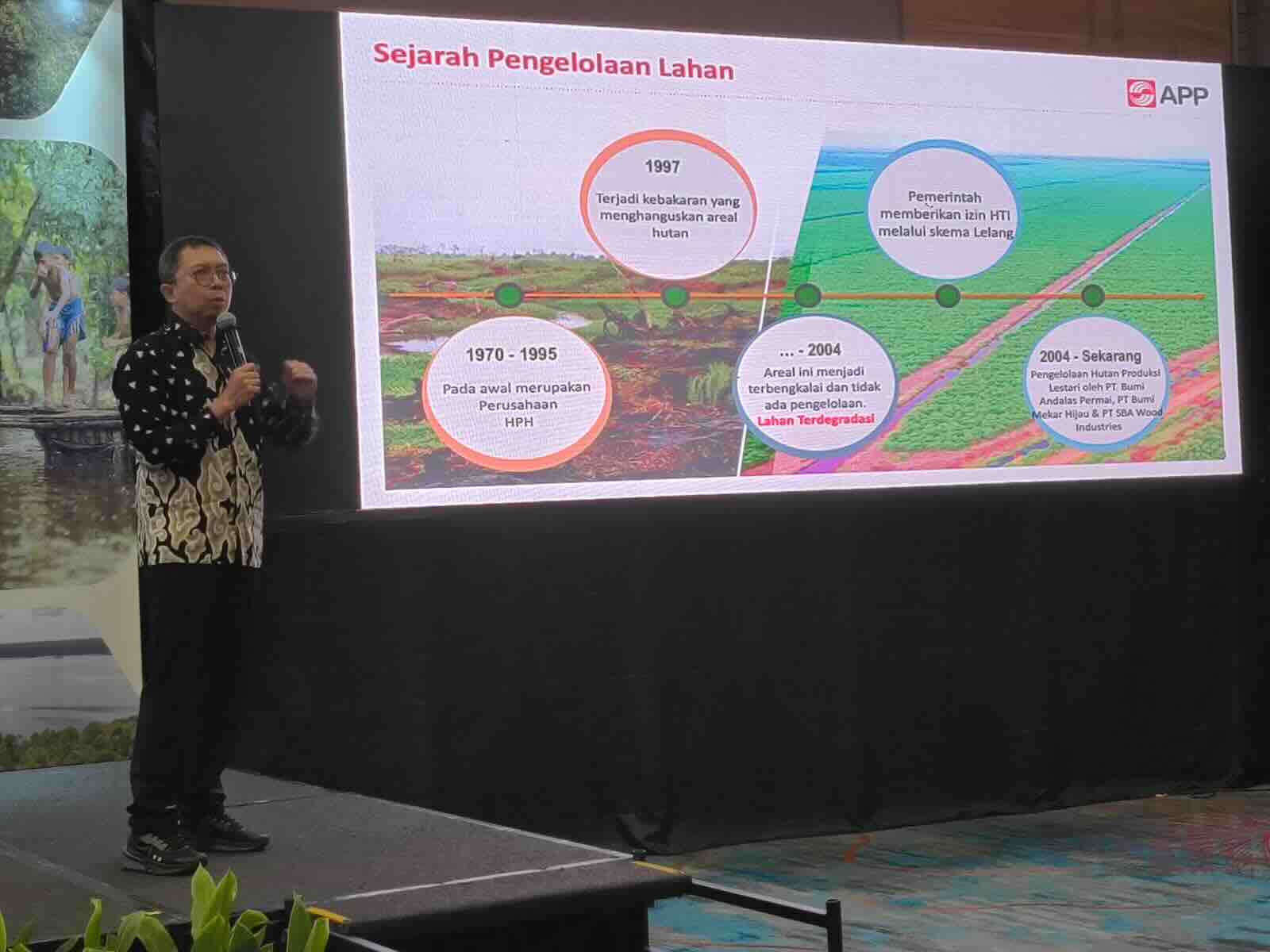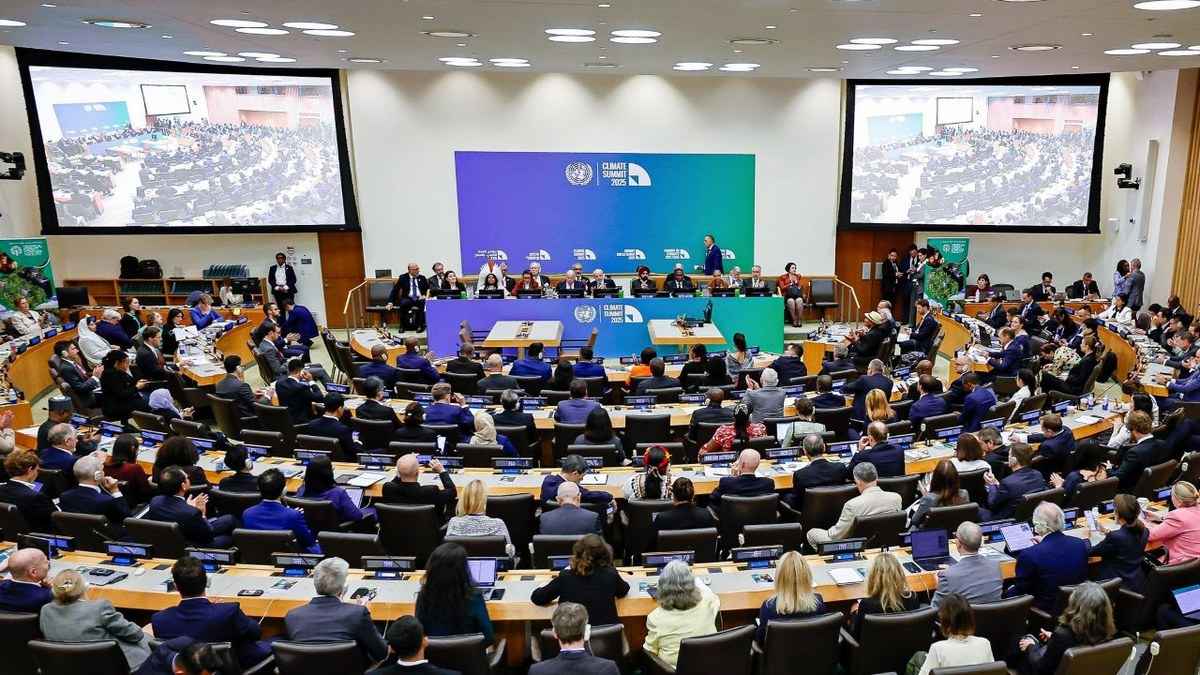Enviro News Asia, Jakarta – The global climate adaptation financing system is considered no longer relevant to today’s challenges. Mechanisms designed more than 20 years ago are seen as failing to deliver results for countries and communities most vulnerable to the climate crisis.
According to Tom Mitchell, Executive Director of the International Institute for Environment and Development (IIED), Least Developed Countries (LDCs) and Small Island Developing States (SIDS) now face worsening climate impacts while being burdened by debt. “They have no fiscal space to build the resilience they urgently need,” he said.
Mitchell highlighted several fundamental weaknesses of the current adaptation financing system, including limited access for poor nations and small islands. Moreover, funding is still dominated by loans rather than grants. Another issue is its heavy reliance on large-scale infrastructure projects attractive to international capital but less relevant to local needs. The old system also largely ignores domestic resources such as household savings, micro-enterprises, and remittances, which in fact are the backbone of adaptation.
“International funds tend to be inflexible, slow, and often fail to reach the most vulnerable communities,” said Mitchell. He therefore proposed four main pillars to build a more effective system. First, strengthen local systems by trusting community mechanisms such as cooperatives, savings groups, and social protection programs. Second, enhance leadership capacity to support visionary governance and build long-term adaptive capacity.
Third, turn adaptation into local business opportunities by encouraging micro and small enterprises to play a role in the climate-resilient economy. Fourth, expand fiscal space by addressing debt burdens and creating new instruments for climate-resilient development. (*)
















